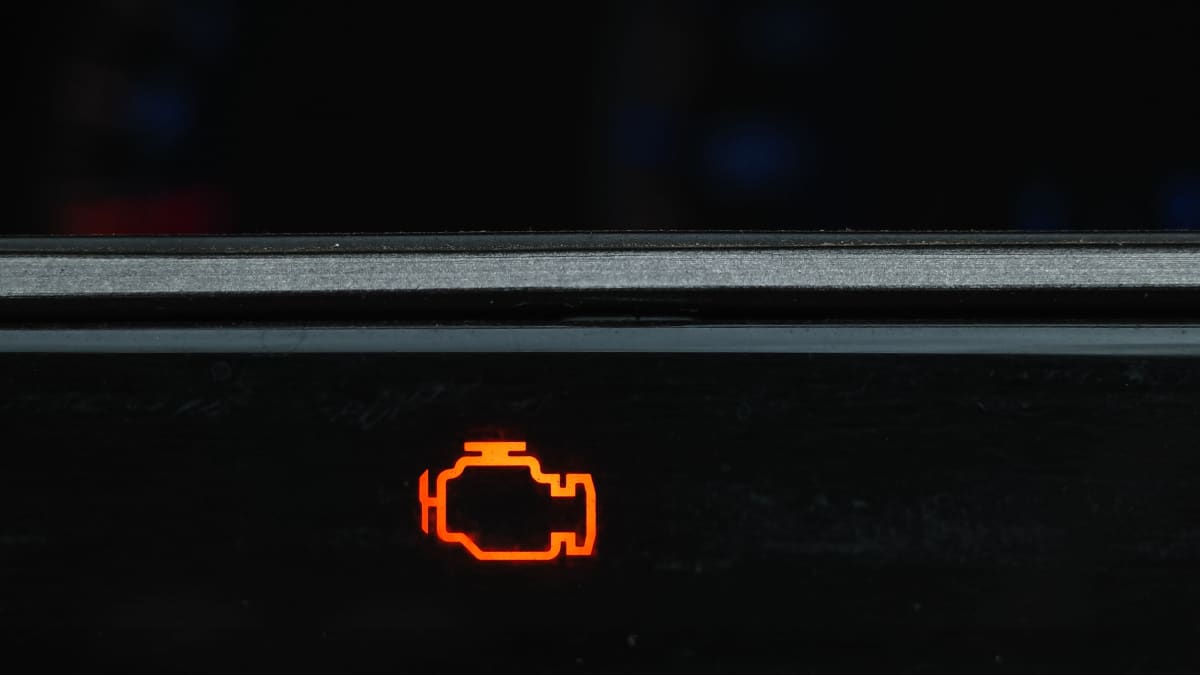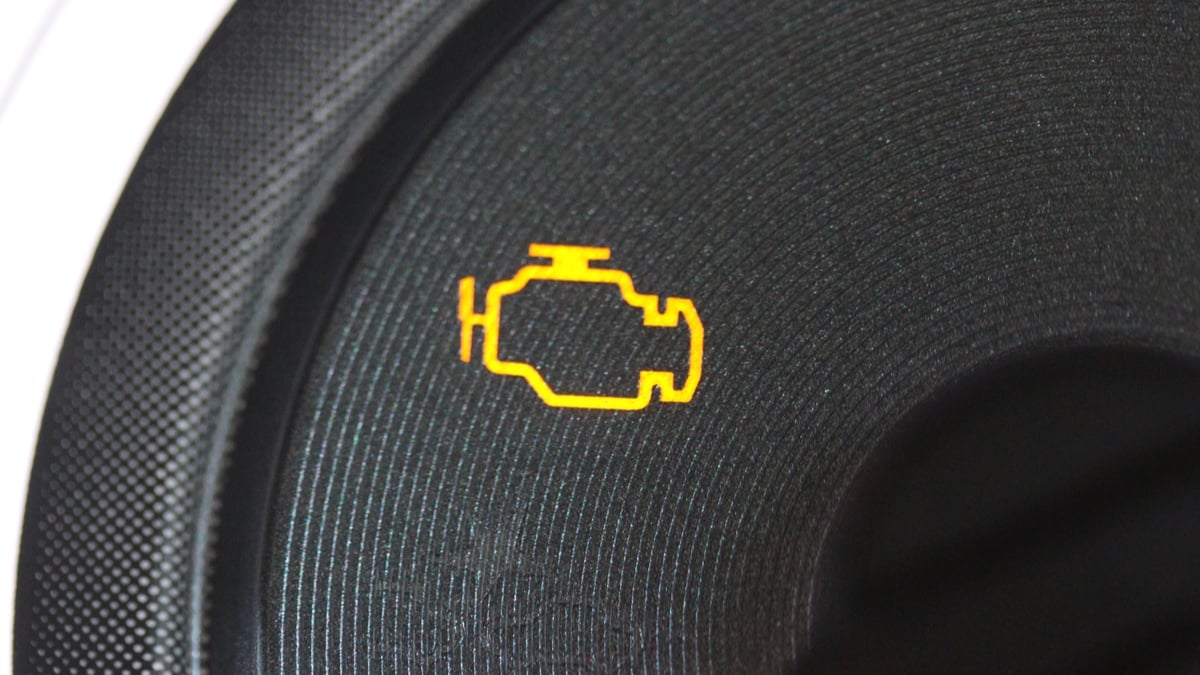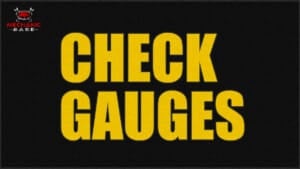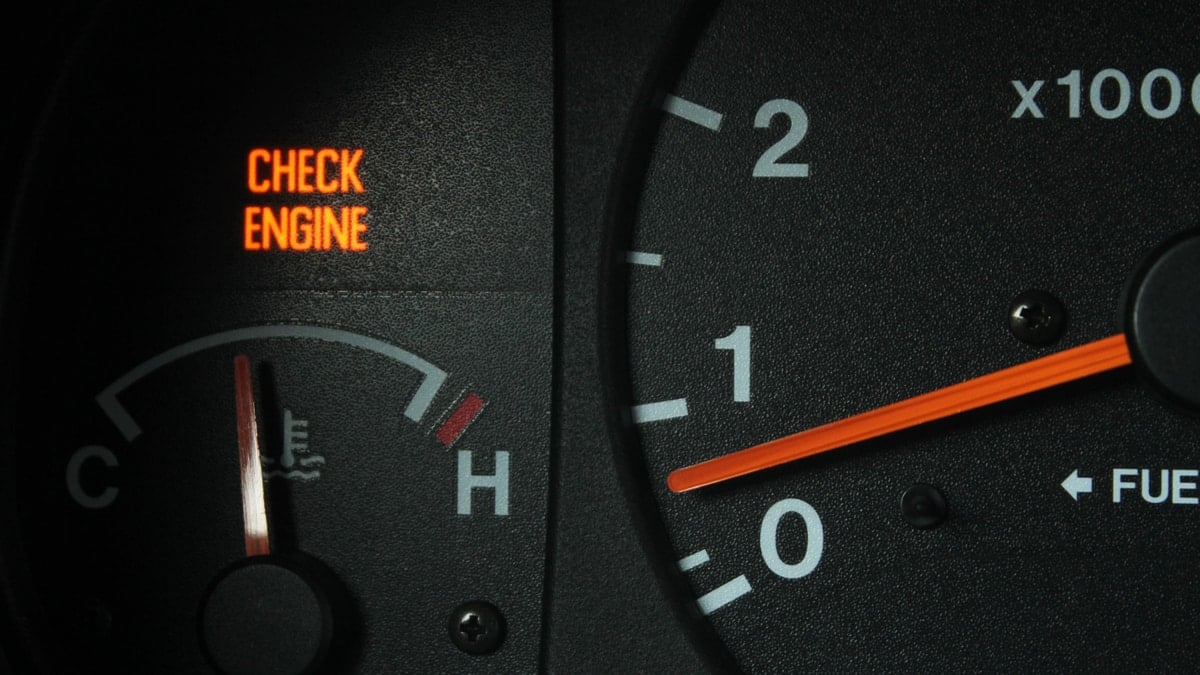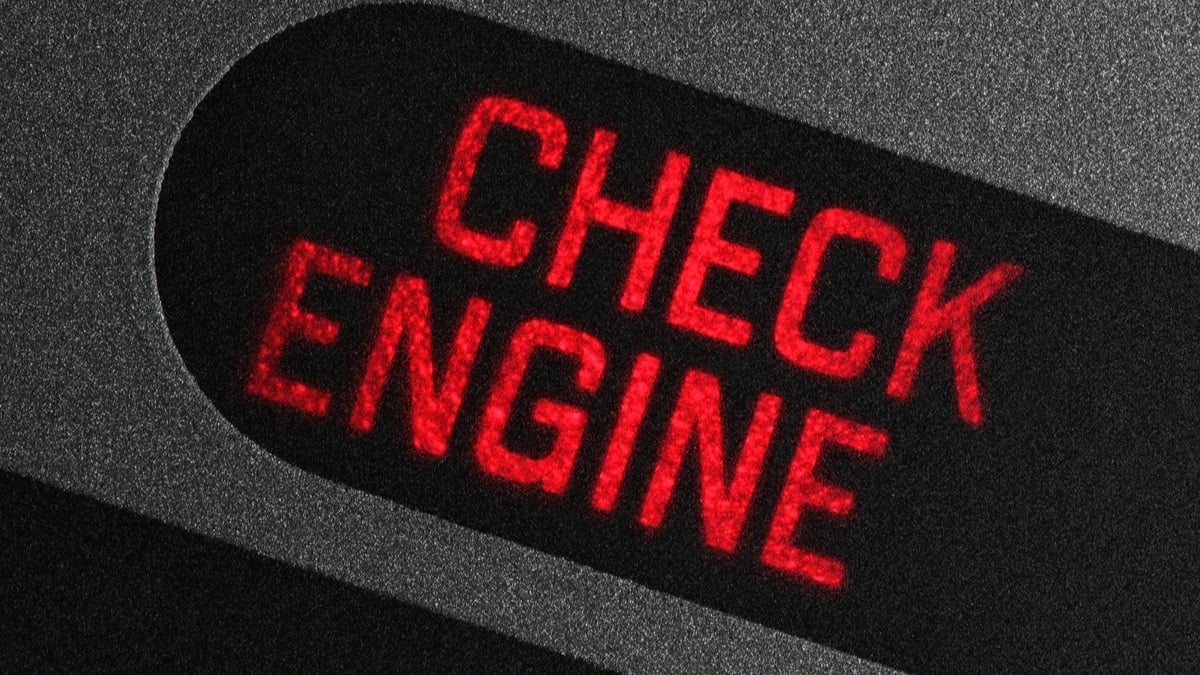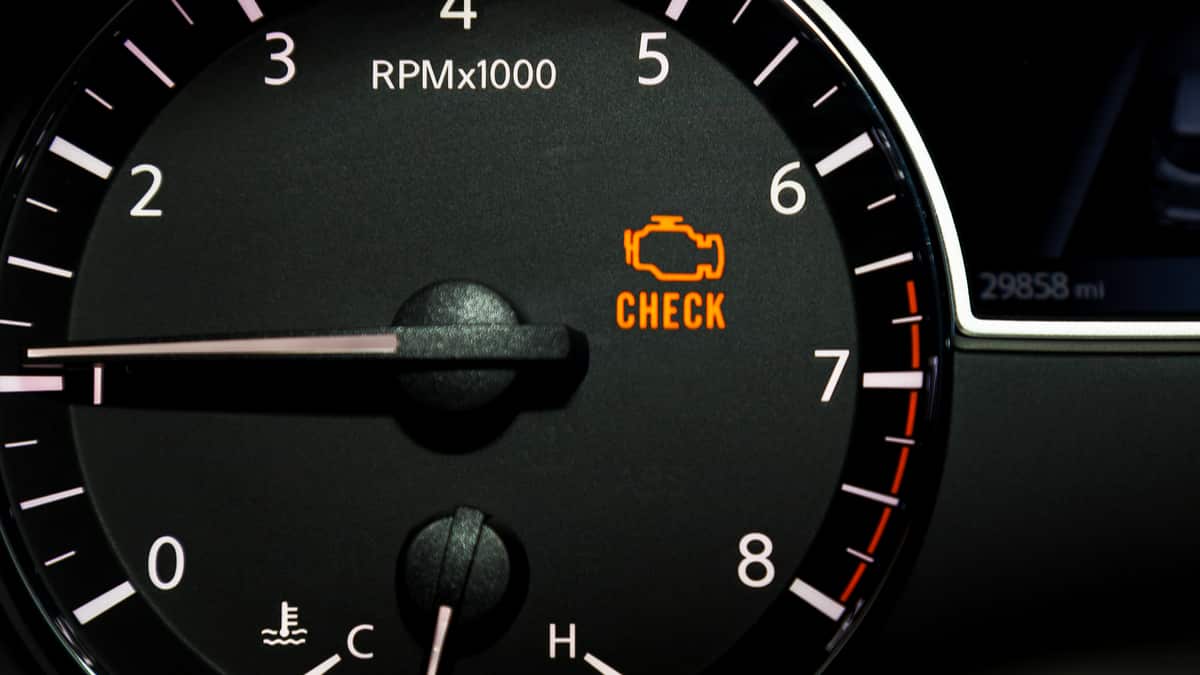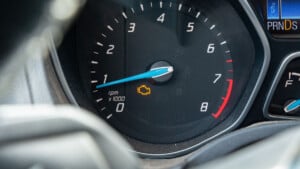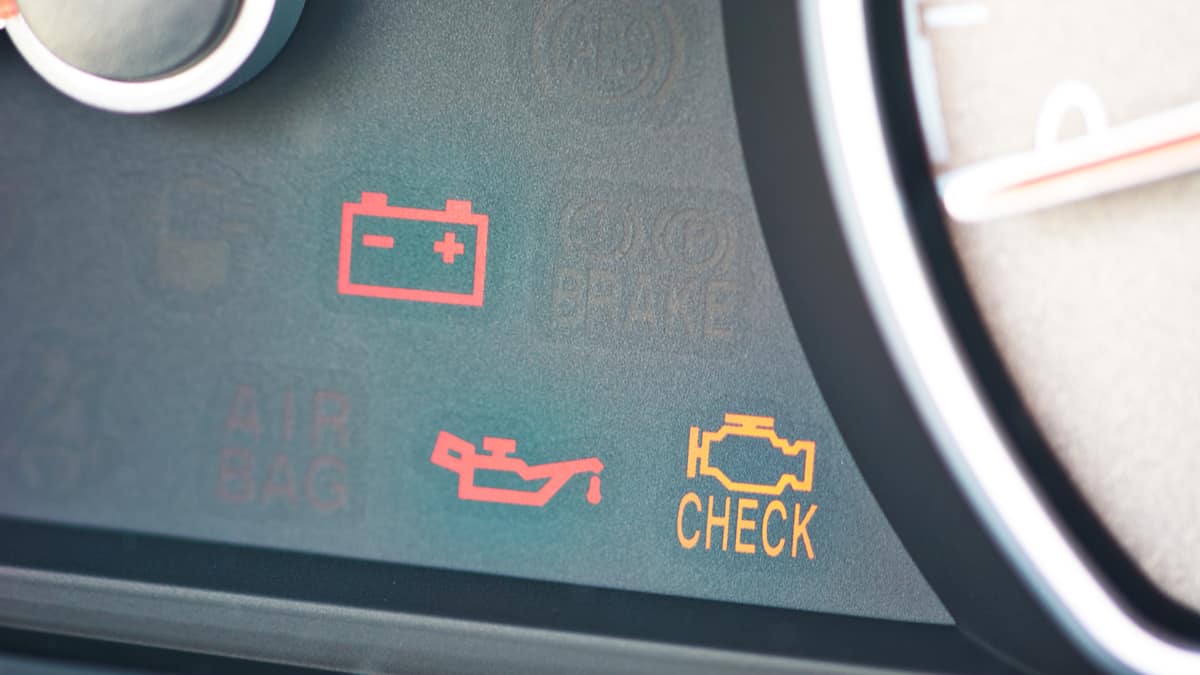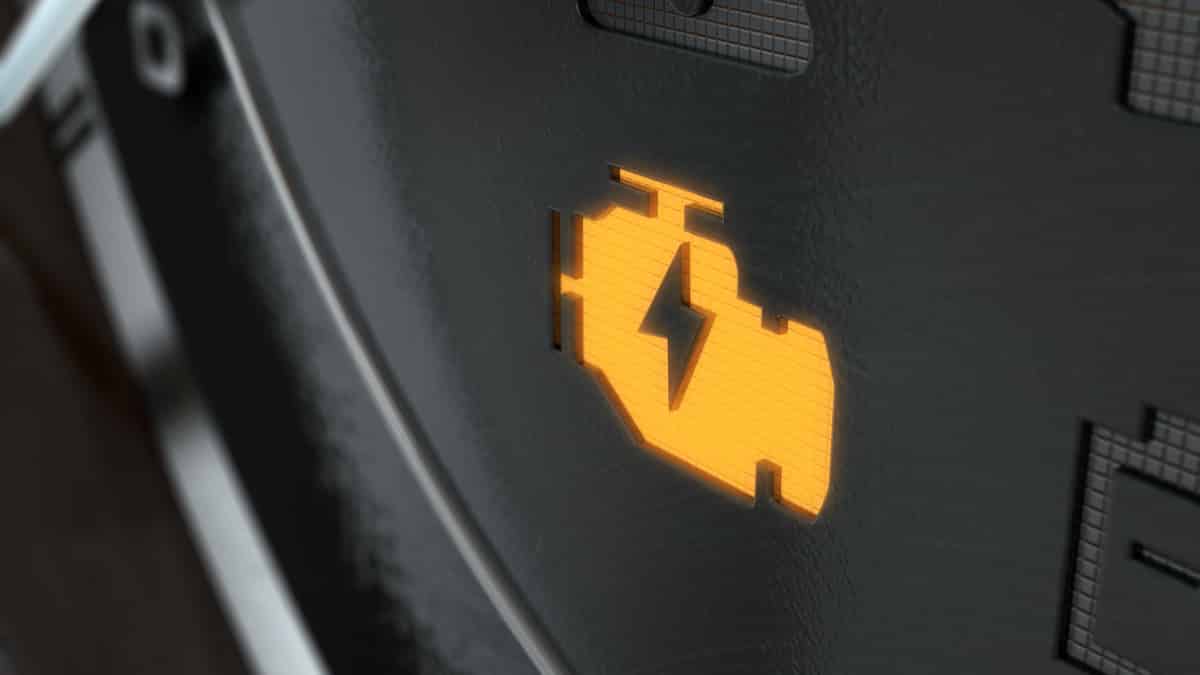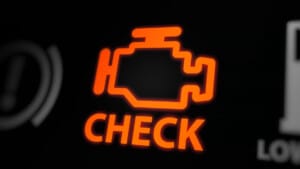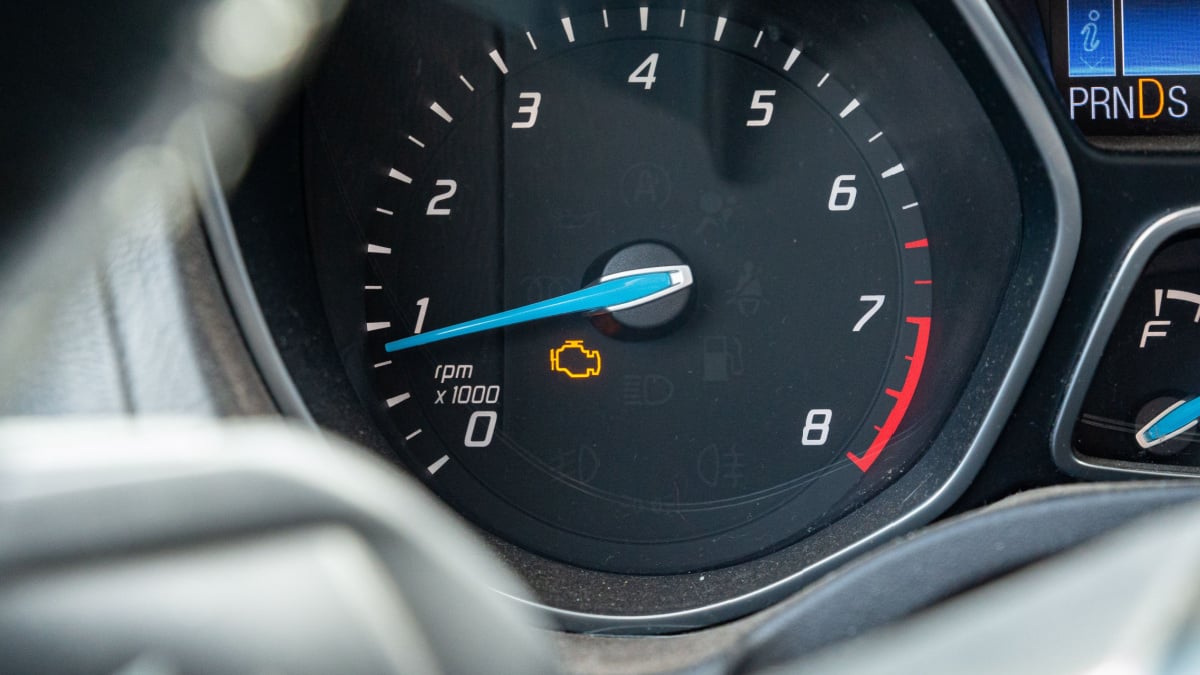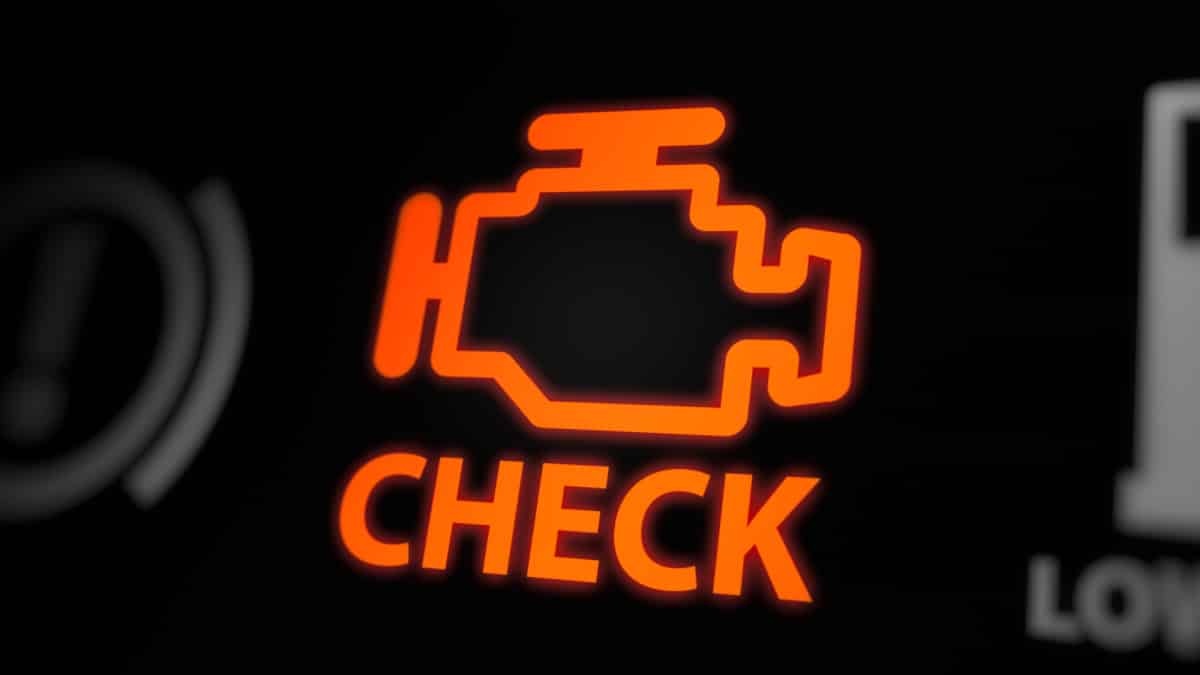The Check Engine Light is made to get your attention even when it comes on the dashboard solid. How much more alarming is it when the light is flashing? Even worse, what does it mean if the Check Engine Light is flashing and the car is shaking?
We answer those questions in this guide. Not only will you know the most common causes of this serious condition, but we also help you figure out how to fix it. Plus, we’ve included some FAQs at the end of the article.
Reasons Your Check Engine Light Is Flashing And Car Is Shaking
When the Check Engine Light starts flashing, you know something serious is occurring. It’s even more concerning when the car is shaking. Most likely, there’s a misfire occurring, either from a bad ignition coil, a bad spark plug, a faulty fuel injector, a bad engine sensor, or low compression.
Let’s take a closer look at these causes.
1. Engine Is Misfiring On One Cylinder
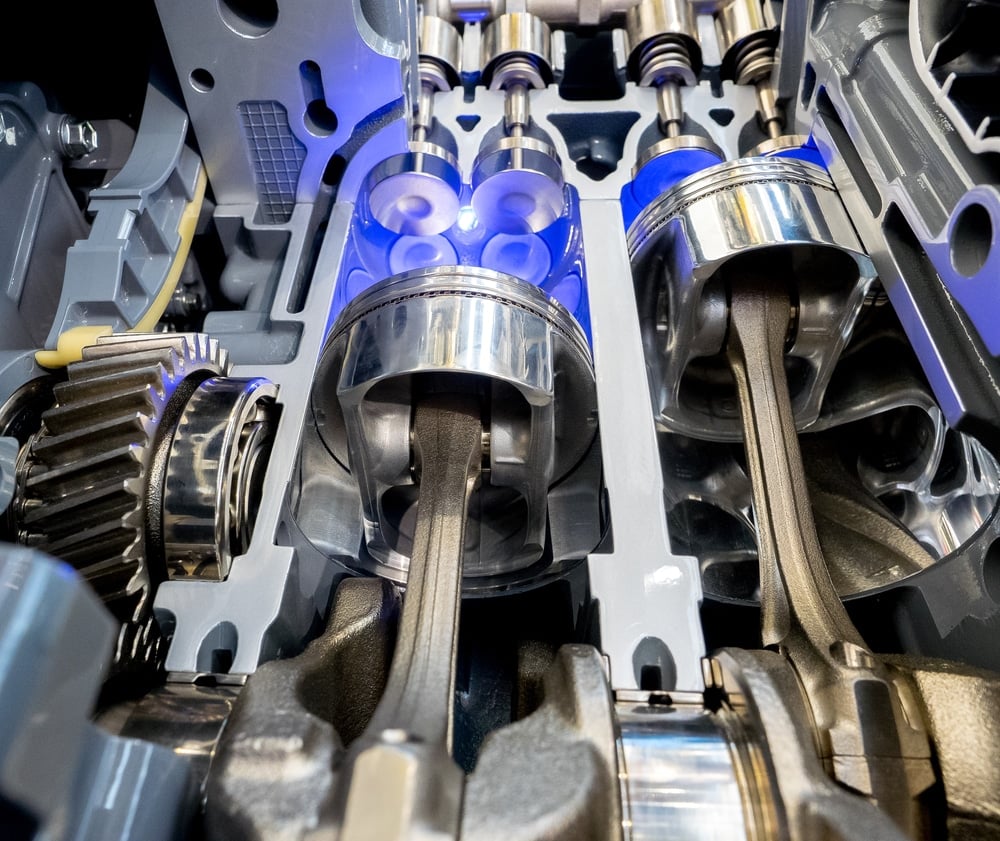
With an engine misfire, the combustion reaction doesn’t complete normally. In this situation, one cylinder will go unfired. A misfire can occur at engine startup while the vehicle is idling or in the middle of acceleration. It’s going to create a shaking feeling, and the Check Engine Light is sure to come on.
With that said, a misfire isn’t the exact problem that needs to be fixed. There’s something causing the misfire, which is what we will talk about in the next examples. Any one of the remaining issues can lead to a misfiring engine.
2. Bad Ignition Coil
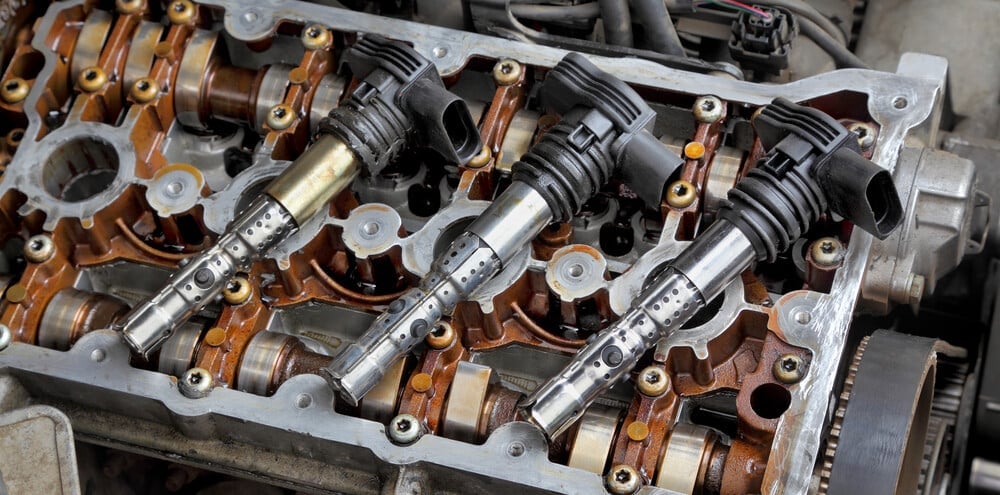
Ignition coils or coil packs commonly cause misfires and shaking. The ignition coils act as small transformers designed to generate high voltage current to power the spark plugs.
When the ignition coils go bad, the engine doesn’t just misfire, but it also starts to idle rough and you’ll notice a decrease in power. Additionally, because the engine is working so hard, fuel economy suffers and you may have trouble starting the engine.
RELATED: 6 Symptoms Of A Bad Ignition Coil
3. Bad Spark Plugs
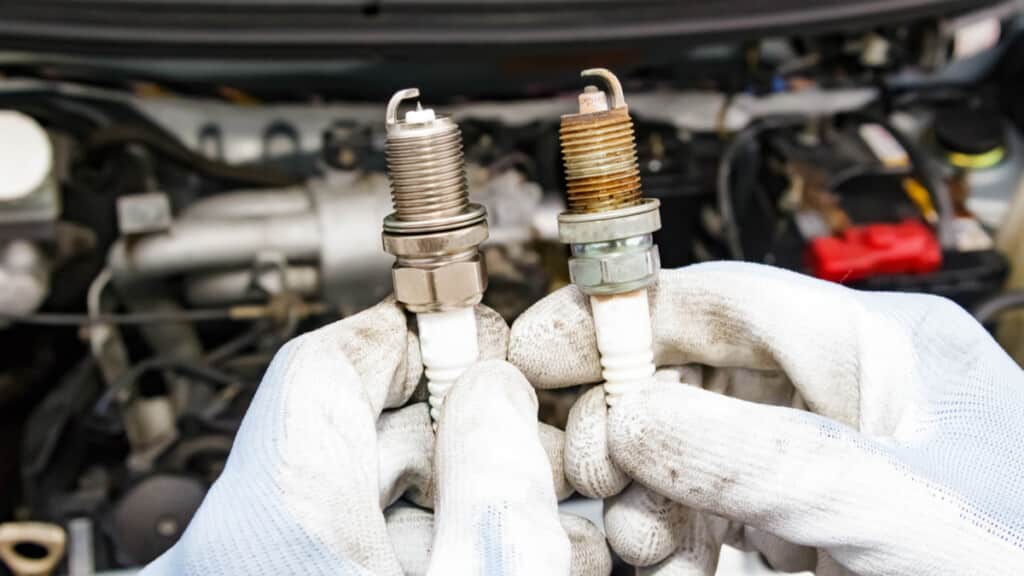
Spark plugs are also a common culprit, especially if they haven’t been changed in a long time. When a spark plug stops operating, the cylinder it’s connected to can misfire. You get a rough and shaky motor plus a Check Engine Light.
Over time, spark plugs naturally become contaminated. They get dirty and worn, leading to trouble creating the necessary spark to ignite the fuel-air mixture. For this reason, it’s best to replace the spark plugs at the recommended service intervals to avoid trouble.
RELATED: 6 Symptoms Of A Bad Spark Plug
4. Faulty Fuel Injector
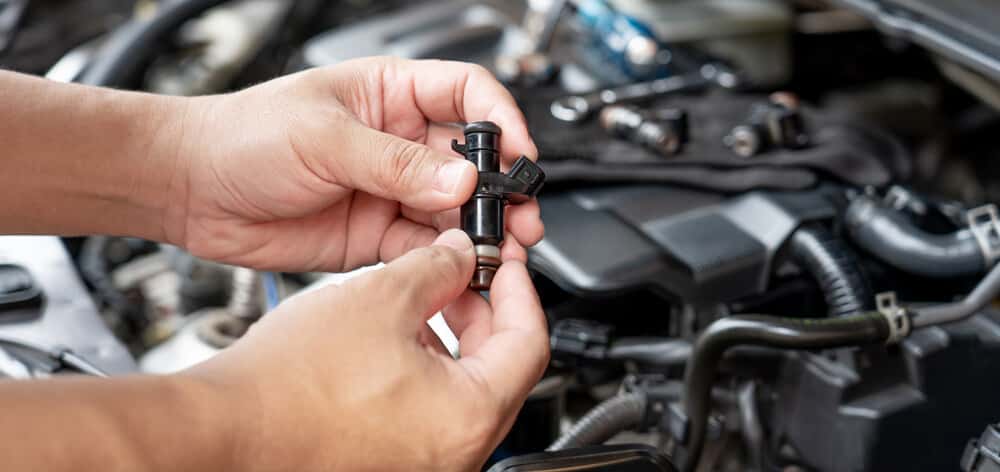
Fuel is needed in the combustion chamber to ensure smooth operation. If there’s not enough fuel, the engine struggles to run and it could misfire. Bad fuel injectors create this type of problem.
Direct injection systems ensure that fuel is delivered into each cylinder. There has to be an accurate amount of fuel being injected, which is controlled by the Electronic Control Unit (ECU). The fuel injectors must also work in a consistent spray pattern for efficient combustion.
Fuel injectors fail when they start leaking or they become blocked. The tip can get dirty, leading to a blockage. Additionally, hydrocarbon starts to build up on the tips because of fuel that’s left behind. If that’s not the problem, then it could also be a seal that’s worn out, allowing fuel to leak into the system.
5. A Bad Engine Sensor
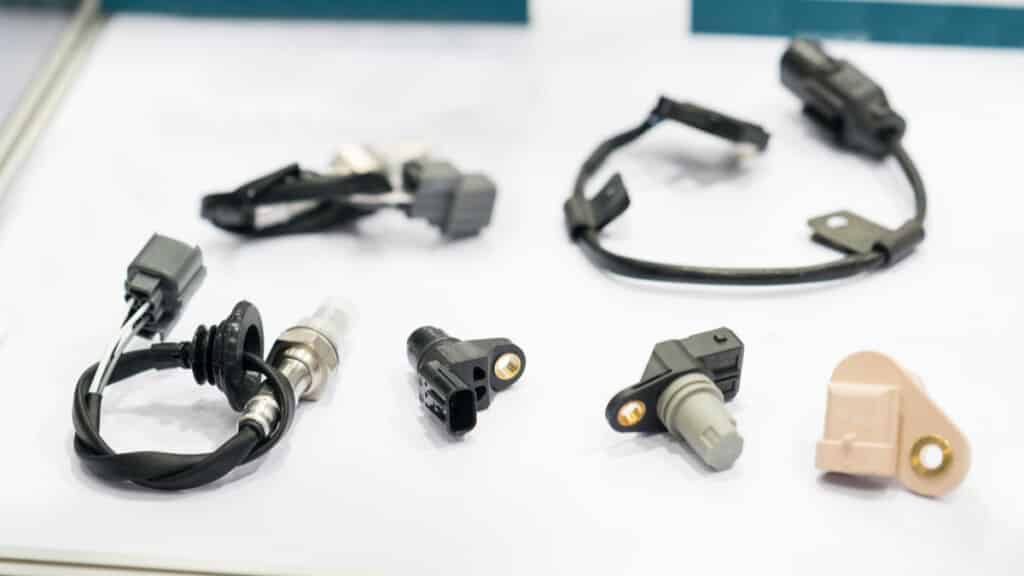
Today’s car engines are equipped with a variety of sensors that keep everything running smoothly. These sensors are responsible for monitoring engine operations and they make adjustments. Some sensors measure airflow, while others keep track of fuel pressure and engine timing.
If any one of the sensors fails, the operation of the engine suffers. Depending on how severe it is, the engine could misfire and the Check Engine Light may start to flash.
RELATED: 15 Different Types of Sensors in a Car
6. Low Compression
Low engine compression means that the cylinders can’t compress the right amount of air. Without the right air density to mix with fuel, the performance and efficiency of the engine suffer.
You will notice misfires plus decreased fuel economy. It could be difficult to start the engine too. Different problems cause low compression, such as holes in a piston, a head gasket failure or leaky valves. Low compression can be one of the most difficult problems to diagnose and repair.
How To Fix Your Check Engine Light Flashing And Car Shaking
To fix your flashing Check Engine Light like a professional, you must start to think as we do. Our team deals with these problems day in and day out, so we are well-versed in the fixes. Start by reading your service manual to get some advice tailored to your car.
After that, walk through the steps.
1. Read Trouble Codes
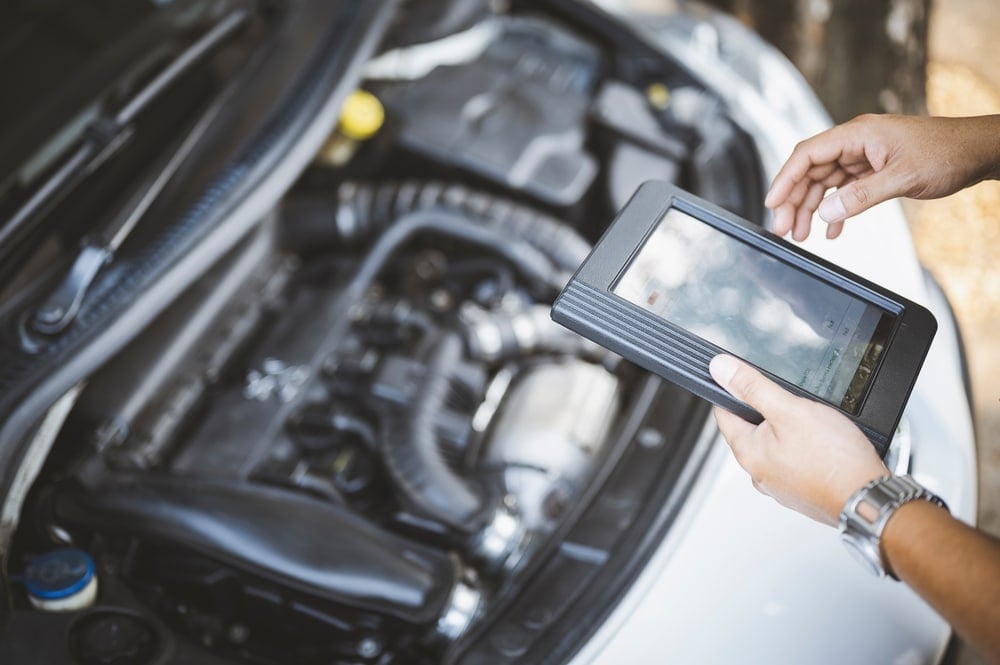
The computer sets a code that tells you what is wrong when the Check Engine Light comes on. You can plug in a compatible code scanner to read these codes. It could be something generic, such as P0300, which doesn’t offer a lot of help unless there are other codes to put with it.
We have a complete trouble code library that helps you to discern what’s happening. If you can figure out the problem from the codes alone, you will save a lot of time on repairs.
2. Check Ignition Coils And Spark Plugs
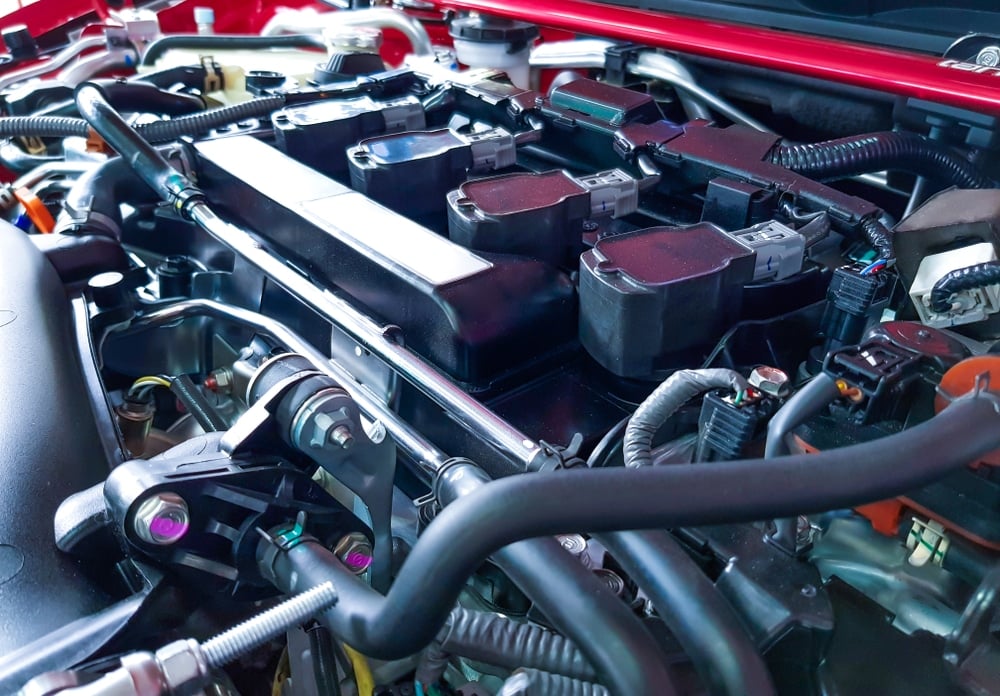
The trouble codes may have sent you to a particular cylinder. If so, this is good news. At least you know where the misfire is occurring. Your next step is to check the spark plug and ignition coil at this cylinder.
Depending on your vehicle, you may need to remove other parts. Some cars require the intake manifold or engine cover to be removed before accessing these components. It’s also important to know the engine cylinder order so you know which one you are looking at.
You can swap out the spark plug or ignition coil to see if that resolves the problem. Just be careful removing these parts, especially since the spark plug can be difficult to get out. You don’t want the spark plug to break off inside the cylinder head.
Even if the spark plugs don’t look worn, the issue could be the gap. Measure the spark plug gap and adjust it if necessary. Check the gap specs in your service manual to get the right measurement for your car.
3. Check Fuel Injectors
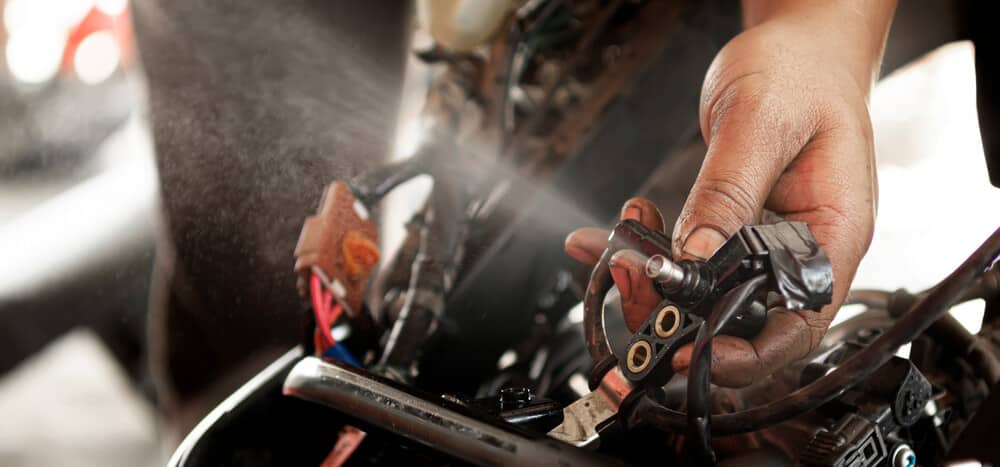
There are multiple ways to check fuel injectors. Let’s cover a few of the most popular options.
Click Test
- Start the engine
- Let it idle for a few minutes
- While the engine runs, place the metal screwdriver end against the fuel injector
- Place your ear to the screwdriver’s other end, but be careful not to get anything near the moving engine
- If you hear clicking, the injector is operating normally
- If there’s silence, the injector should be replaced or cleaned
- Repeat the test for all injectors
Voltage Test
- Check the service manual for the correct electrical resistance or ohm spec for your injectors
- Perform this test when the injectors are cold
- Turn on the ignition, but don’t start the engine
- Connect your test light or volt meter to the negative battery terminal
- Unplug the electrical connector from the injector
- Attach the injector wiring connection to your volt meter to see if you get the right specs
- Repeat for each injector
Leak Test
- Locate the injectors
- Carefully smell around the injector for signs of gasoline
- Inspect the injector for any signs of leaking or drips
- Perform this test for all of the injectors
Some people prefer to run multiple tests just to be sure the results are accurate.
4. Contact A Professional
If you’ve been through all of the steps and can’t seem to figure out what’s going on, it’s time to visit a repair shop. Talk to your local mechanic for help figuring out the problem.
Whether you fix it yourself or you have a professional look at it, you shouldn’t drive the vehicle with the Check Engine Light flashing. Fix the problem before driving anymore to avoid any permanent damage to the engine.
Can I drive my car with the engine light flashing?
No, when the Check Engine Light flashes, you should pull over in a safe location and fix the problem. Driving the car any further could lead to more damage and an additional repair cost. If the Check Engine Light is on solid, you may be able to drive the car home first.
How expensive is it to fix an engine misfire?
It’s difficult to determine the average engine misfire repair cost because the cause can be so many different things. For example, changing spark plugs may only cost you $50, while dealing with a sensor could easily be $1,000 or more. To get an accurate estimate, speak to a local repair shop.
Can an engine misfire fix itself?
No, there’s a mechanical failure causing the misfire. When an engine misfires, it means that one of the cylinders is failing. This problem can be caused by a bad spark plug, low compression, a bag ignition coil, faulty fuel injectors or a bad sensor.
How long can I drive with the engine light blinking?
You shouldn’t drive at all with the Check Engine Light blinking. This warning light tells you something is seriously wrong, and you should never ignore it. Instead, find a safe location to pull over and turn off the car engine.
We know how frustrating car problems can be, especially when they have to do with the Check Engine Light flashing. This is a serious concern that even we don’t take lightly.
To ensure you have a well-running car, it’s important to have the problems repaired immediately. Reference our guide in your time of trouble and get your car back on the road without dash lights blinking at you.
Categories: Troubleshooting, Warning Lights
